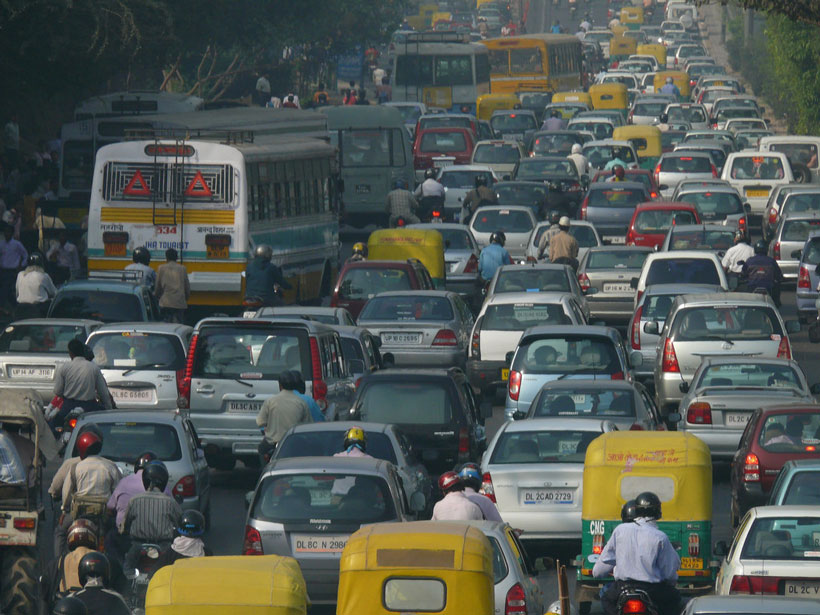Source: GeoHealth
Polluted air causes more than 6 million premature deaths per year worldwide, including roughly 1.6 million annual deaths in India. Here, Conibear et al. provide a sobering new estimate of the likely death toll from one of air pollution’s ingredients—ozone—suggesting that without aggressive reductions in emissions, more than a million Indians will die prematurely each year from long-term ozone exposure by 2050.
Ozone is a colorless gas that forms from chemical compounds such as nitrogen oxides and hydrocarbons produced by vehicles and power plants. Although there’s a layer of naturally occurring ozone high in the atmosphere, which protects Earth from ultraviolet radiation, high levels of ozone exposure cause respiratory damage and diseases such as chronic obstructive pulmonary disease, a leading cause of premature death.
In a previous study, the current researchers calculated the health risks in India of exposure to fine particles of pollution produced largely by the burning of solid fuels. They found that stricter emissions standards and clean household energy could avert hundreds of thousands of deaths per year.
In the present study, they focused on ozone concentrations, which increased in India by 27% between 1990 and 2016 because of rapid industrialization, growing power demands, and fossil fuel–burning vehicles.
The team calculated how long-term ozone exposure from different sectors affects India’s public health, using recently updated data on ozone’s health risks. Then, they examined the future public health impacts of current emissions levels and new policies, including the Clean Air Scenario, a stringent pollution reduction policy proposed by the International Energy Agency.
Currently, 374,000 people die prematurely each year from ozone exposure. The team found that with no changes to current emissions levels, this burden increases to more than 1,120,000 premature deaths by 2050. That’s about twice what earlier studies estimated, using older estimates of ozone’s health impacts. Roughly 35% of India’s ozone pollution comes from the transportation sector, followed by power plants, at 23%, according to the authors.
Ultimately, the team concluded, by following the International Energy Agency’s most stringent pollution reduction scenario, India could avoid 335,000 annual premature mortalities by 2050—even accounting for population growth and aging increasing the disease burden from ozone exposure. (GeoHealth, https://doi.org/10.1029/2018GH000168, 2018)
—Emily Underwood, Freelance Writer
Citation:
Underwood, E. (2019), Ozone pollution deaths in India higher than previously thought, Eos, 100, https://doi.org/10.1029/2019EO118073. Published on 19 March 2019.
Text © 2019. The authors. CC BY-NC-ND 3.0
Except where otherwise noted, images are subject to copyright. Any reuse without express permission from the copyright owner is prohibited.

